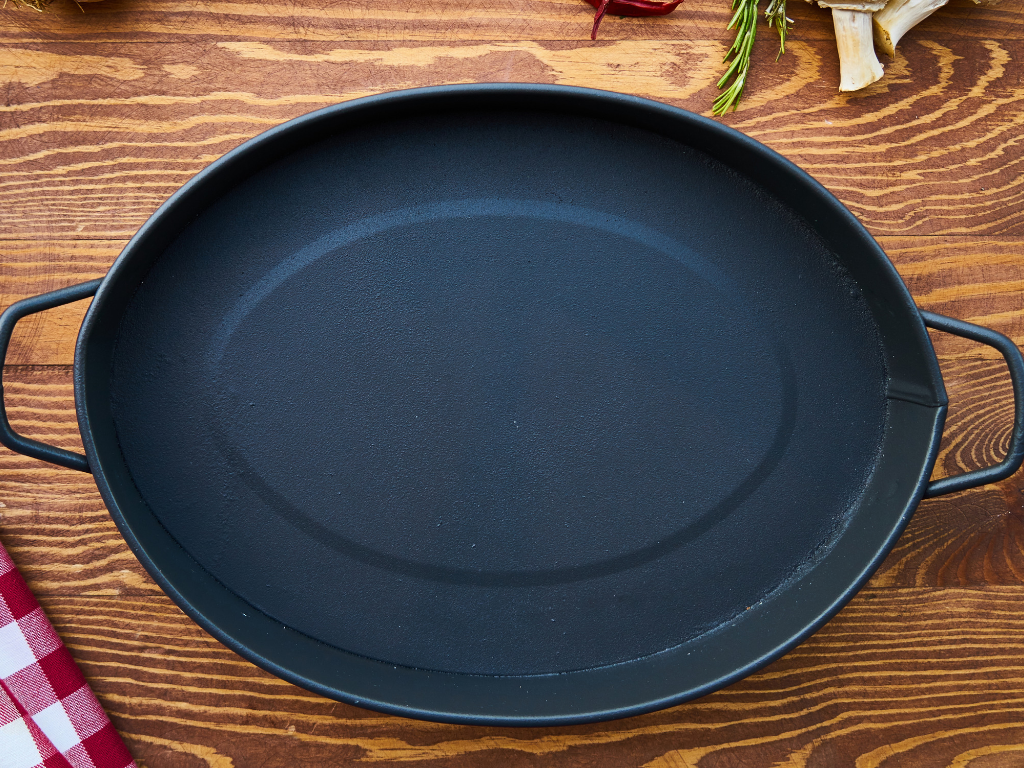
From Le Creuset to Staub to Swissmar, we carry a lot of cast iron kitchenware. Because it's amazing. Cast iron heats evenly and holds onto that heat for a long time. It's also pretty much indestructible, if you take care of it. Here's how:
Be in Season
You'll hear the word "season" or "seasoning" thrown around A LOT when the top of cast iron comes up. And for good reason. The “season” is the non-stick surface on your cast iron. It's basically a process of curing layers of oil onto the surface to create a rust-resistant, non-stick surface. Most new cast iron skillets come with a factory cure or seasoning, but it's something you need to maintain. If you inherited pre-loved cast iron, it might be a good idea to re-season your surface. Here's a handy video form Alllrecipes.com that walks you through the process nicely.
Cleaning
Rinse with warm water and use as brush or blunt scraper to remove debris. You can also use a handful of coarse salt and a dollop of vegetable oil to get at the really stuck on bits. Rinse with warm water and dry with a paper towel.
Maintain the Seasoning
Once your cast iron is completely dry, apply a thin coat of canola oil―just enough to create a slightly glossy finish. You don't want any pooling oil as it will go rancid. Place cast iron over low heat just until smoking point and remove.
Storing
Once your cast iron has cooled, stack or hang it. To avoid rust, it's essential there's no moisture on the surface. If you're stacking several skillets or pans, it's a good idea to put a piece of parchment paper onto the surface to protect the seasoning.
And that's it! It may seem like a lot at first, but once you get into the swing of it, it's dead easy. And the joys of cooking with well-seasoned, well-maintained cast iron are 100% worth it.
